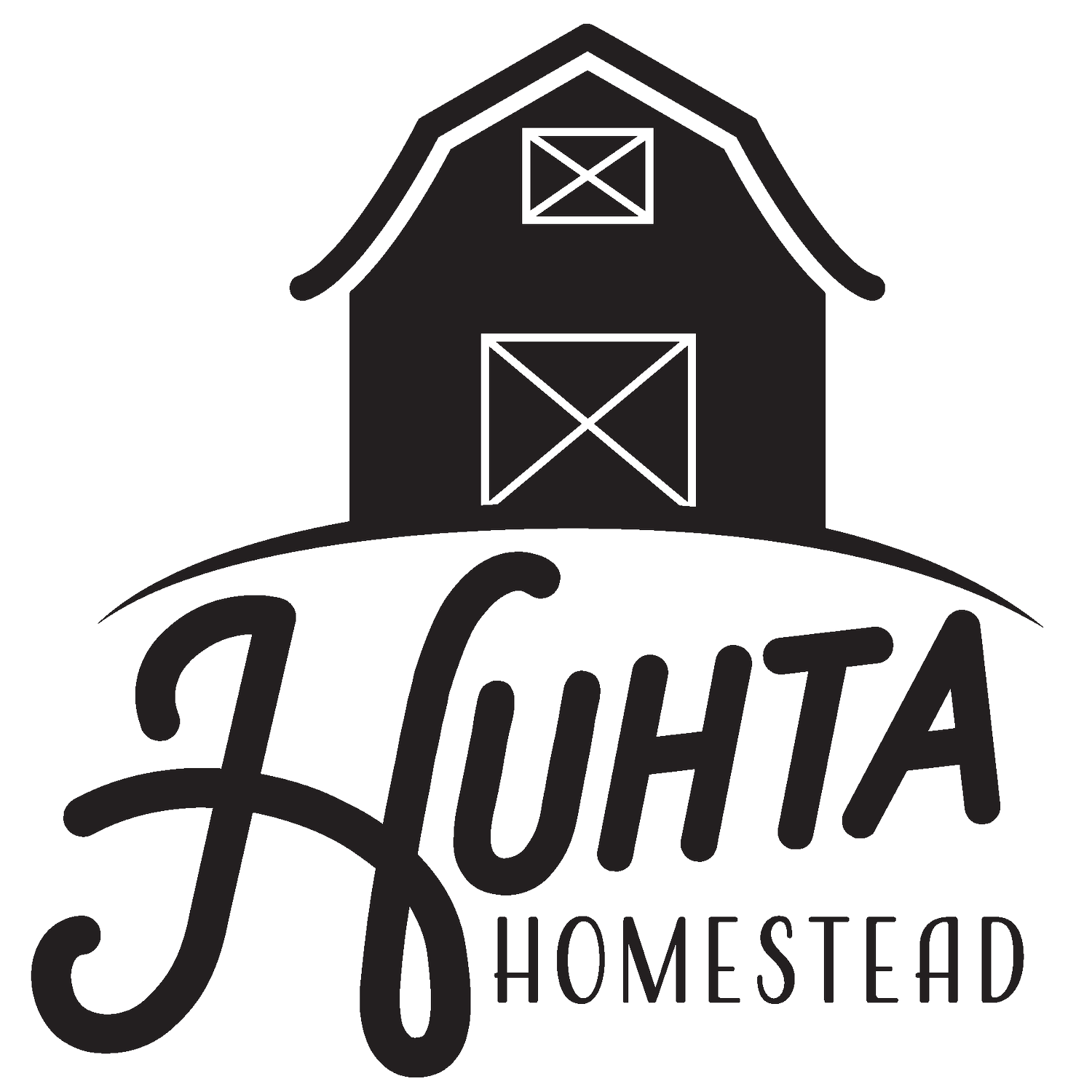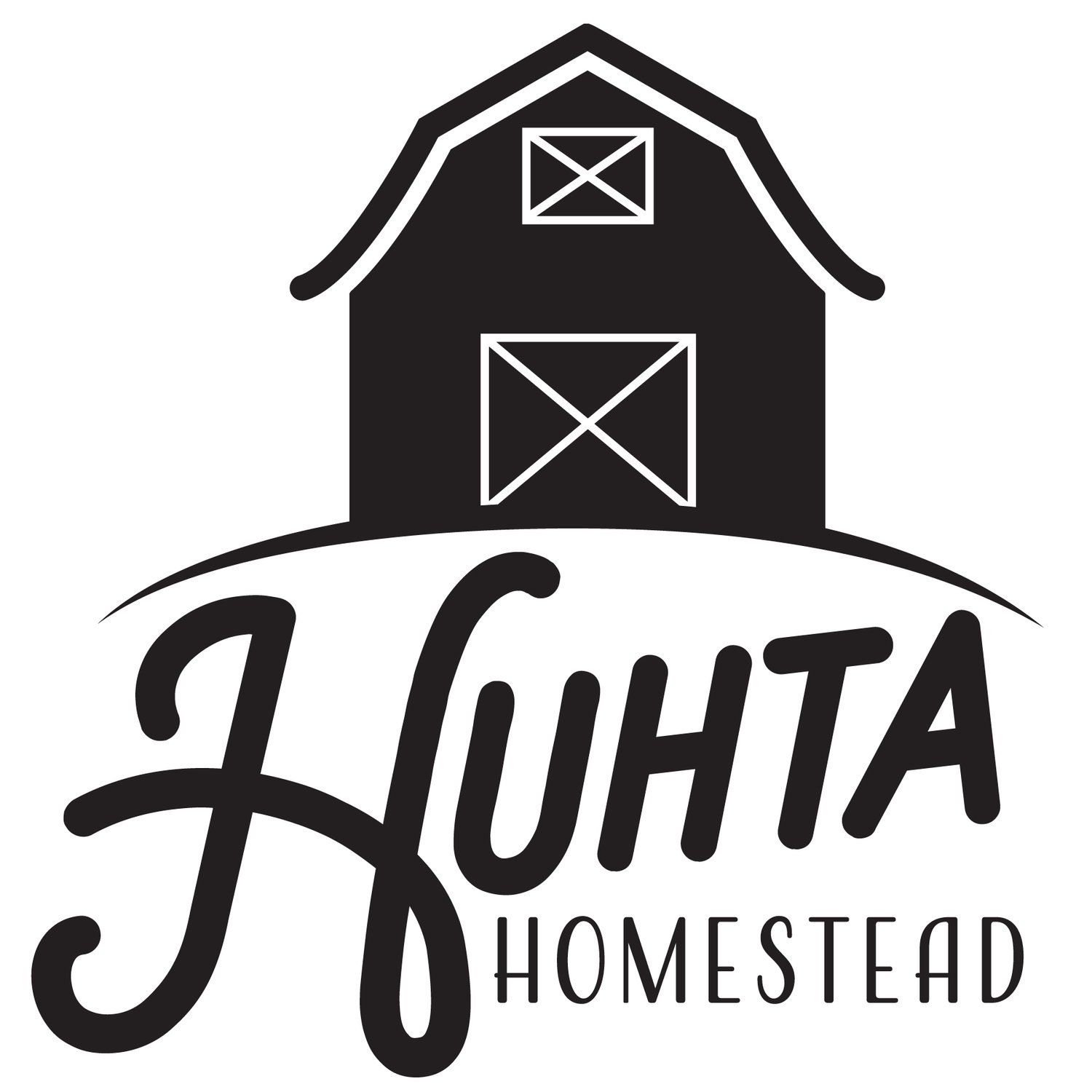Corned Beef - A Farm Kitchen Experiment
Take an adventure in cooking with us…
St. Patty’s Day is around the corner and you know what that means.
Corned beef time, baby!
I’m going to admit something.
Until this year, I’d never actually had corned beef.
But my husband? Loves it.
On its own. In a Reuben. No matter.
So, in an effort to expand my food horizons, I decided to finally give it a go this year.
As it turns out…I love corned beef.
Holy cow.
I was missing this for all these years?!?!?
Yeesh.
Anyhow, in my research, I found that most people buy their corned beef already corned (pre-brined) from the store and then just do the cooking part at home.
No offense, but I wasn’t interested.
I had no idea what ingredients had actually been used in the brine.
Plus, all of the corned beef at a grocery store is brisket…which is pretty dang pricey…I didn’t want to drop a boatload of money on something that I might hate.
So I went into research mode and decided to make our own corned beef…but from scratch.
I’m gonna go out on a limb and guess that most people know what corned beef is…
But maybe you’re like me and had noooooo idea until you were well into adulthood.
Spoiler alert: corned beef has nothing to do with corn.
It’s simply salt-cured beef.
The “corned” part refers to the large “corn-like” kernels of salt originally used in the process.
Although we tend to think of corned beef as an Irish meal, it actually has American origins.
Apparently there is a similar Irish counterpart made from bacon, but when Irish immigrants arrived in the U.S., they found bacon to be pretty expensive.
Instead, they used beef brisket, which was more affordable, and salt-cured that instead.
Voila!
Corned beef was born.
Cuts of Beef to Use
Traditionally, corned beef is made with brisket, a large cut found at the front of cattle. This cut has a perfect combo of fat and flavor to make meals such as corned beef, barbeque, or smoked beef.
That being said…I didn’t use brisket for this recipe.
Why not?
First of all, corned beef can technically be made with any cut of beef.
If you’re looking for a substitute for a brisket, cuts like an arm or chuck roast are what you want to aim for. These roasts tend to be tougher, but when cooked low and slow or brined, they become soooooo tender.
Secondly, there are only two brisket cuts on each of our steers…so we prize them…a lot. :)
Since this was our first time making corned beef, I didn’t want to ruin one of my precious briskets if I screwed up a recipe.
As such, I went with a nice arm roast for my experiment.
Basic Steps
Making corned beef takes two main steps: brining and cooking.
The brining process is really just used to flavor and tenderize the beef. In a corning process, the curing salt is also what gives corned beef its distinctive pink color.
How to Brine the Beef
Ingredients:
Water - 1 gallon
Kosher Salt - 1 1/4 cup
Brown Sugar - 1/2 cup
Curing Salt - 5 tsp
Pickling Spice - 5 tbsp (*see Notes for substitution)
Beef Roast - 3-4 lb
Directions:
In a large stock pot, combine the water, kosher salt, brown sugar, curing salt, and pickling spice. Bring to a boil, stirring until the salt and sugar are dissolved.
Once dissolved and brine has come to a boil, turn off heat and allow to cool completely. (You may wish to place the stock pot in an ice bath in your sink to speed up this process.)
Place your beef in a large container and cover with the brine. Place cover on the container and place in refrigerator for five days. (You can certainly do less than this…but your roast won’t be pink all the way through…like mine 🤣)
How to Cook
Ingredients:
Water - 8 cups
Beef Broth - 4 cups
Beef Roast - 3-4 lb
Pickling Spice - 5 tbsp (*see Notes for substitution)
Cabbage - 1/2 head, diced
Carrots - 6, diced
Potatoes - 8, diced
Directions:
Remove your roast from the stock pot, rinse off excess brine, and discard remaining brine in stock pot.
Place roast into clean stock pot, cover with cold water and add the pickling spices.
Bring to a boil, then lower to a simmer and allow to simmer for 2 1/2 - 3 hours.
Remove roast from stock pot, place on a platter, and cover with aluminum foil, allowing to rest for 15-20 minutes.
After roast has been removed from stock pot, place cabbage, carrots, and potatoes into the cooking water and cook for 15-20 minutes or until tender.
Slice your roast and serve with veggies.
Notes
*If you don’t have pickling spice already, you can make your own from other spices you probably have sitting in your kitchen already. You can make it ahead of time and use when needed for any of your cooking or pickling needs.
Allspice (whole) - 1 tbsp
Bay Leaves - 2, crumbled
Cinnamon Sticks -2
Cloves (whole) - 6
Coriander (whole) - 2 tsp
Ginger- 1 tsp
Mustard Seed - 2 tbsp
Red Pepper Flakes - 1 tsp

